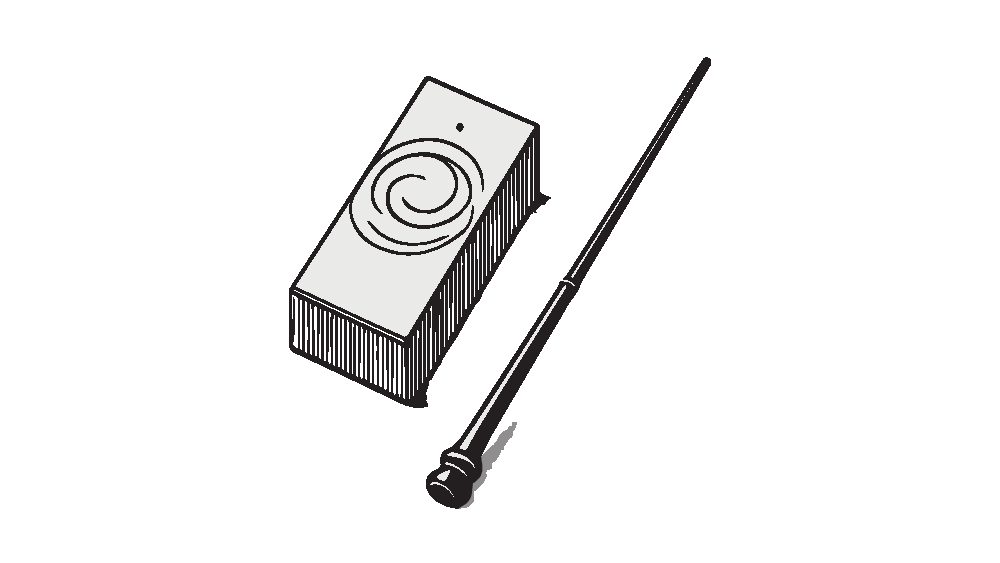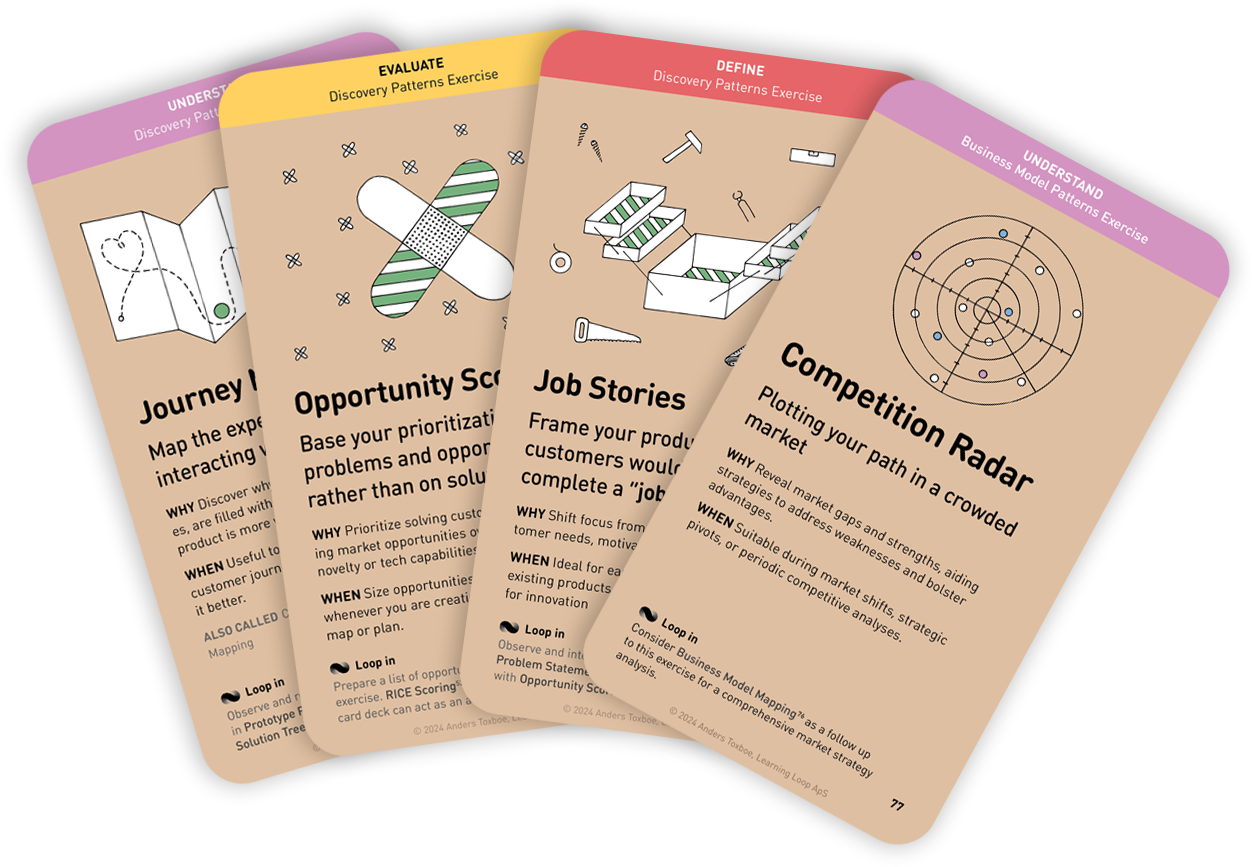Workshop Exercises: Understand
Magic Wanding
Remove constraints that hinder participants' divergent thinking when co-creating

Why: Uncover hidden needs, desires, and problems that standard questioning might not reveal. By stimulating creative thinking and encouraging participants to think outside the box you can discover what participants truly value and what their ideal solutions would look like.
When: Use to address complex or ambiguous problems where traditional solutions may not suffice.
The Magic Wand Workshop Technique is a creative and engaging method used to explore and understand participants’ true needs, desires, and the ‘jobs to be done’. It allows participants to reflect and articulate what they would ideally like to accomplish if there were no constraints, using a hypothetical ‘magic wand’. This technique taps into participants’ imaginations to reveal deeper insights into their problems, needs, and desires.
The exercise is designed to unlock creative thinking and uncover deeper insights into the needs of users.
By introducing the concept of a hypothetical ‘magic wand,’ the exercise removes the typical constraints of time, resources, and technology. Participants are encouraged to think beyond existing limitations and imagine ideal solutions to their problems. This helps to break down cognitive barriers that often limit innovative thinking. For product managers and designers, this can be a powerful tool to unlock out-of-the-box solutions that might not emerge through traditional brainstorming methods.
By working in groups of 2-4, participants can bounce ideas off one another, enhancing creativity through different perspectives. Sharing these “magic objects” with the larger group also fosters a sense of shared vision and collective ownership. For product teams, this step ensures that diverse ideas are surfaced and refined, while also strengthening team alignment on potential solutions.
The workshop’s reflection questions help participants articulate not just what their magic object does, but why it matters. By exploring how their magic object solves the problem, what features are crucial, and how it makes them feel, participants indirectly identify their deeper needs and motivations. This is essential for product managers and designers as it provides insight into the emotional and functional aspects of user needs, which might not be immediately apparent through more structured research methods.
By guiding participants to translate their imaginary solutions into Job stories, the exercise provides a concrete framework for understanding user needs in actionable terms. The JTBD framework is highly effective for identifying the underlying goals that users are trying to achieve, making it easier to design features and products that directly address these needs. For product managers and designers, this leads to more targeted decision-making, ensuring that development efforts focus on solving the most important problems for users.
Once the Jobs-to-be-Done are identified, they can serve as the foundation for prioritizing product features or behaviors through Focus Mapping or Behavior Scoring. This step allows product teams to break down the JTBD into specific, actionable behaviors, helping them to prioritize which aspects of the solution should be addressed first. For product managers, this means clearer roadmaps and better resource allocation. For designers, it means focusing on the right problems to solve with user-centered design solutions.
Instructions for running this play
- Set the scene
Explain to participants that they have a hypothetical ‘magic wand’ that can create any object or solution to solve their problem. -
Pose the Question
Ask participants to imagine that anything is possible and that they have no limitations. Give them 15 minutes to work individually or in groups of 2-4 to answer the question:
“If you could create a magic object that solves this problem, what would it be?” \ - Share and reflect
Have each participant or group present their magic object and explain how it solves the problem. Encourage reflections and discussions on each presented solution. Consider asking:- How does your magic object address your needs or solve your problem?
- What aspects of your magic object are most crucial for solving the problem?
- If you could bring one feature of your magic object to reality, what would it be and why?
- How does the magic object make you feel in relation to the problem at hand?
- Identify Jobs-to-be-Done
Let each participant formulate the Jobs-to-be-done of their imaginary magic object using the following formula. Walk around the room to help and guide each participant.
When I (audience member) ____,
I want to ______, so I can ______.
Once you have identified the Job-to-be-Done in collaboration with your users, it is easier to break it down into specific behaviors and define your primary target with Focus Mapping or Behavior Scoring.
A collection of workshop exercises that will help you ditch dull meetings and facilitate with confidence. It will help you master the design process and have more productive time with your team. The card deck will be ready for purchase in the end of 2026 and is now undergoing rigorous testing.
Reserve your deck!